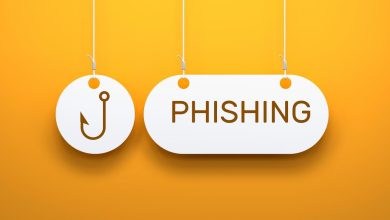
Since remote work became the norm for many businesses in 2020, the threat of cyberattacks has also increased. In 2022, there were 236 million global ransomware attacks on various organizations. And many experts say the number will only increase in 2023.
What Is Ransomware?
This malicious software blocks users’ access to their own database or system. Access will only be reinstated if a ransom is paid to the hacker.
Ransomware attacks are becoming increasingly sophisticated, and many are impossible to detect or reverse. For example, 2022 saw the rise of crypto-viral extortion.
This new strategy encrypts the victim’s data and files, preventing anyone from accessing them until the ransom is paid. The cyber attacker is the only one that can decrypt the files. These attackers are untraceable as they demand cryptocurrencies as payment. In some cases, even if the ransom is paid and a decryptor is sent, there is no guarantee that the victim will ever gain back access to their files.
In June 2022, Macmillan Publishers went through a ransomware attack that disabled their website’s ability to process, accept, or ship orders. Some files in the company’s database were encrypted, and that caused operations to shut down. Some employees confirmed they were unable to access their emails.
This attack halted the publisher’s operations in many countries and forced them to shut down their operations temporarily.
Preventing Ransomware
Perpetrators of ransomware attacks are hardly ever caught. Arrests are very few, as the source of the malware can be difficult or even impossible to trace.
Tracking the ransom payment may not help, either—attackers have layers of security shielding their identities, and many are now asking for payment in cryptocurrency.
Every year, malicious third parties develop increasingly sophisticated and highly damaging attacks that are difficult to detect. So how can businesses protect their systems from ransomware?
Layer Security Levels
Implement multiple security measures in your system, such as firewalls, antivirus software, two-factor authentication, spam filters, and more.
Use Updated Antivirus and Antimalware Systems
Always update your cyber security systems. New patches and upgrades prevent the latest incarnation of the ransomware programs.
Implement Multi-Level Authentication
Use several levels of user identification and authentication. This prevents hackers from accessing your data systems with only one password, thus reducing the risk of attacks.
How To Handle Ransomware Attacks
What should a company do if it falls victim to a ransomware attack?
The best way is to contact ransomware removal experts that can help you with ransomware recovery and restore your system to its pristine form. They can identify the virus and track the extent of the breach.
They will quickly implement measures to contain the damage and remove the threat. They will rescue your encrypted data with minimal or no loss and focus on system restoration and incident response.
To prevent ransomware or any type of malware attack, you need to contact cybersecurity experts with the technical knowledge and resources to identify and manage breaches. Choose the experts that will provide protection and ransomware data recovery, so you can continue business operations safely.




